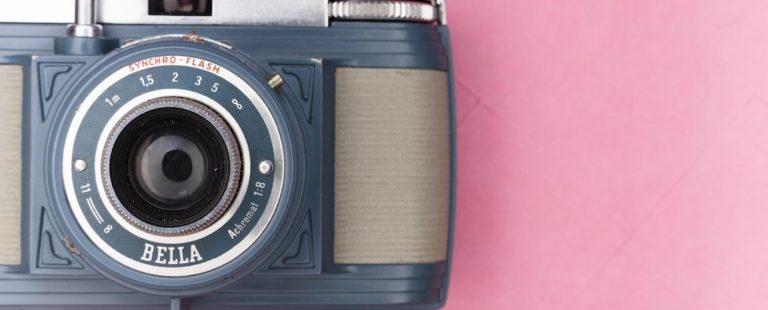To amplify the appeal of your Shopify store and its potential for growth, you need to be mindful of a whole host of page elements: the title, the copy, the calls to action, the product details, the social proof.
And while all of these elements are incredibly important, a product page is often most harshly judged by the images it features. If they are not appealing or don’t show the product well, chances are your visitors might just head over somewhere else.
Let’s look at some of the most common eCommerce image mistakes owners of Shopify websites make and how to correct them.
Showing the Item From Only One Angle
No matter how well the product can be seen from the one angle you choose, it will simply not be enough to show it properly. Instead of choosing a frontal image only, make sure you always add several angles for each of your products. You can easily do a slideshow of these images, and keep your best image (usually the frontal one) up top.
This goes for practically any kind of product.
What you should also aim to do is show the product in action. If it’s an item of clothing, have a model wearing it. If it’s a piece of furniture, show it in a room. If it’s a mug, show it on a desk. Every product will have its practical use, and you can come up with some very creative imagery to show it at its very best.
H&M does this very well, and always shows the product on a model, the product with a white background, and the details of the product close up.
Images are Not Uniform
eCommerce websites that sell different kinds of products often make the mistake of not keeping their images uniform. They use different angles, different lighting, different overlays, and the images simply look mismatched, even if they are on the same page.
Image uniformity is important because it lends a sense of cohesion to the website and prevents user confusion. It’s simply better to have the images match in some way, in terms of design and aesthetics as well as in terms of user experience.
A good place for eCommerce brands to take inspiration from are product review sites, For example, Each Night showcases beds from a variety of different brands, However, all of the images have been taken from the same angle with similar lighting. This enables users to compare the different mattresses far more easily.
Not Considering the Background
The background of your image is just as important as the product you’re trying to showcase. If it’s too busy, too colorful, or simply clashes with the item you’re selling, it will not exactly show the best side of your product.
White backgrounds are often a great way to go, as they will make any product pop. Of course, if your item itself is white, you may want to go for a colored background – but try to still keep it light, as dark backgrounds will eat all of your light.
Also, make sure your background is clean and smooth – wipe it, iron it, steam it, and ensure there are no spots or other discolorations.
Amazon has strict standards for the main product images, as shown in this example. The product is easy to see, clear, and there is nothing driving your focus away from it.
Images are Not Mobile-Optimized
Nothing will mess up user experience quite like an image that does not load properly on a mobile device. It can be too large or too small for the screen; it may not adjust properly to portrait mode; it may be too large and the page may take ages to load because of it – all in all, an improperly (or not at all) optimized image will ruin all of the hard work you have put into your Shopify store.
When adding images, make sure you optimize each of them for all kinds of screen sizes and operating systems, and that you also test them across different devices, and not just your own.
Depending on the image itself, you will need to figure out the best way to show it on small screens – as there is no universal optimization hack we can recommend.
You can take a look at the way Gili Sports have optimized their images for mobile – very user-friendly and a pleasant scrolling experience.
The Images are Not Yours
Finally, let’s briefly touch upon another very common and very serious mistake: using images from other websites.
Even if you remove the watermark or the logo of the other website from the image and manage to pass it off as yours, don’t do it. Even if you can trick search engines and users, it’s bad practice.
Always use your own images, or images you have the right to use, like those made by the manufacturer themselves if they have given you permission to do so. Even if an image is not copyrighted, you have no right to just borrow it for your own eCommerce purposes.
Final Thoughts
The images you choose for your Shopify store will ultimately be the element that attracts your customers. Without a doubt, investing some time and creativity into them will always be worth your while.


